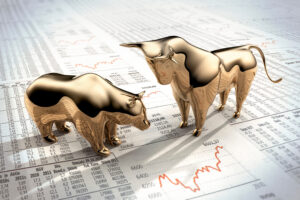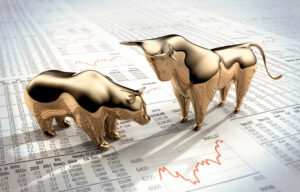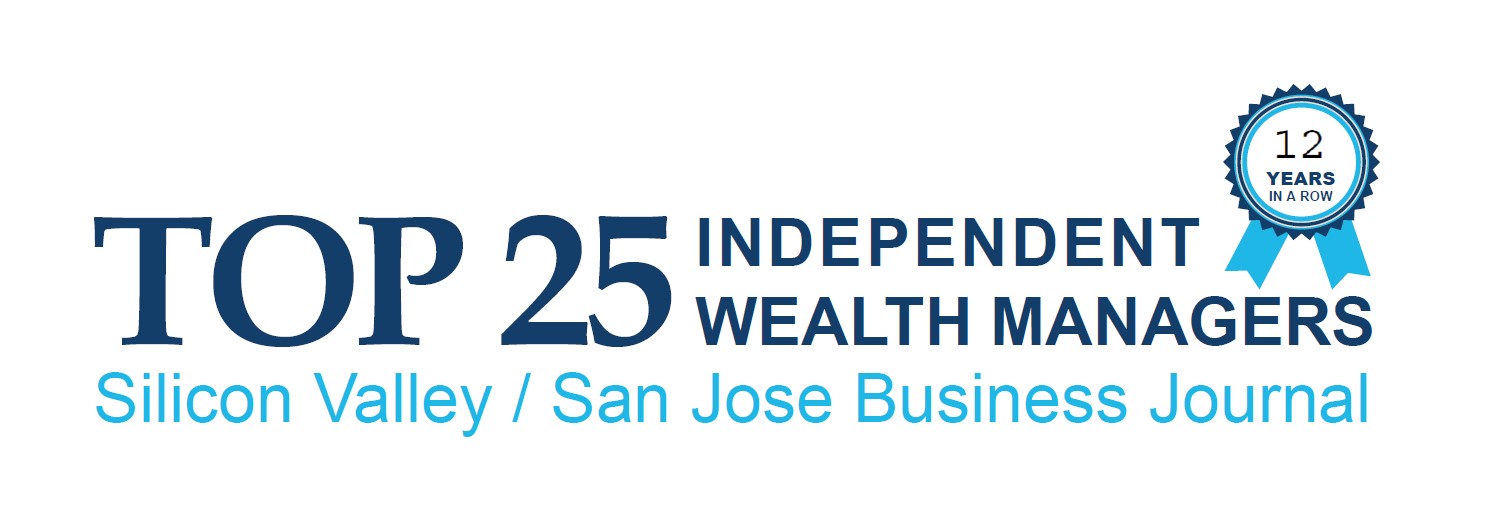Global financial markets have moved past the shock from the abrupt failure of Silicon Valley Bank and a few other banks as well as the forced takeover of Credit Suisse. There will be lingering fears of additional fallout, since many financial institutions are sitting on portfolio losses arising from the cyclical rise in bond yields, not to mention worries about economic contagion. We anticipate a modest impact on the U.S. and global economic expansion from the banking woes of the past month. Mortgage rates are now lower and the risk of Fed overkill has eased for the time being. Interest rate and potential central bank pauses are lifting risk asset prices as sentiment recovers. Nevertheless, we remain in a maturing economic cycle with still-elevated cyclical investment risks including falling but unacceptable inflation.
The Silicon Valley Bank bust confirms that policy rates and bond yields cannot go much higher without breaking something major and triggering a recession. If there are no further banking issues and no real change in the economic and inflation trends, we expect global bond markets will reverse the recent decline in bond yields and rate expectations. Prolonging the economic expansion will further cement a floor under inflation, i.e., the current deceleration in inflation will level off well above pre-pandemic levels. The banking crisis is a reminder that the financial market landscape will remain risky for as long as the cost of money is rising. Policymakers’ have indicated they will do whatever is needed to support the financial system and hopefully prevent a recession. In our view, they will ultimately fail, but have bought themselves more time.
The Conference Board’s U.S. consumer survey showed solid current conditions and high employment demand, even as expectations languished at depressed levels. While the survey closed just as Silicon Valley Bank went bust, we envision some hit to confidence and consumer spending. Business investment might slow if credit conditions tighten at the margin, but this will be partially offset by lower bond yields and rate expectations, at least for a while. The other two major sources of global demand growth, China and the euro area, are rebounding after being quite weak for much of 2022. In China’s case, it was simply a matter of re-opening. In the euro area’s case, it was the unwinding of high energy prices and the fears about future energy supplies that have now allowed the economy to regain its footing, particularly the service sector.
The recent easing in bond yields and rate expectations, if they persist, will provide support to the global economic expansion and further solidify the floor under inflation. Barring further banking woes, the near-term outlook has brightened a bit. But, this phase will prove tactical in nature, because the cyclical investment outlook is negative: the economic cycle is maturing and monetary conditions will need to become restrictive if the goal of returning to a 2% inflation world is to be met.








